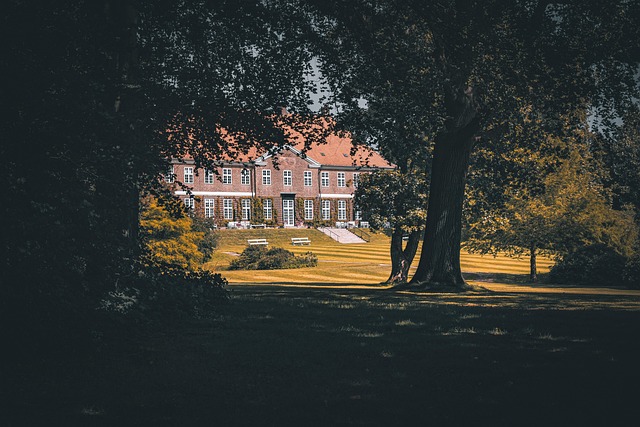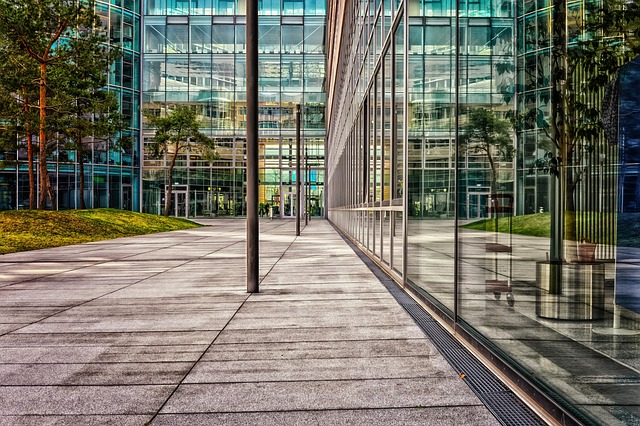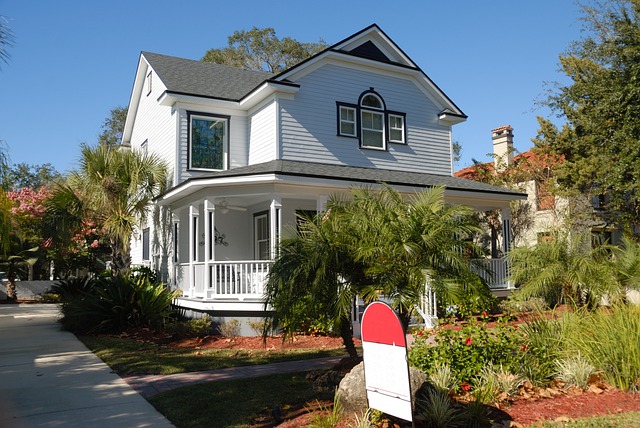Property and Casualty Insurance for Commercial Buildings, especially retail spaces, is a crucial risk management strategy. It shields business owners from physical structure damage, merchandise loss, and equipment failures due to natural or man-made incidents. Tailored policies include building coverage, business interruption support, and protection for inventory, furniture, and fixtures. Adequate coverage involves assessing risks, understanding deductibles and limits, and ensuring robust Business Interruption provisions. Investing in this insurance fosters business continuity, minimizes downtime, and protects investments from unexpected crises.
In today’s competitive retail landscape, securing robust property and casualty insurance for commercial buildings is not a luxury but a necessity. This article guides business owners through navigating complex insurance options tailored for their retail spaces. From understanding the nuances of property and casualty coverage to optimizing investment protection, we explore essential aspects like comprehensive risk assessment, deductibles, business interruption, and real-life case studies. By delving into these topics, retailers can ensure they’re adequately insured against potential losses.
Understanding Property and Casualty Insurance for Retail Spaces

Property and casualty insurance for commercial buildings, including retail locations, is a crucial aspect of risk management for business owners. This type of insurance provides financial protection against potential losses or damages to the physical structure of the store, as well as any valuable merchandise and equipment inside. It covers a wide range of risks, from natural disasters like fires, hurricanes, and earthquakes, to man-made incidents such as theft, vandalism, and civil unrest.
Retail spaces often face unique challenges when it comes to insurance due to their high-value inventory, foot traffic, and potential for loss or liability claims. Property insurance for these locations typically includes coverage for the building itself, as well as business interruption, which can help offset revenue losses during repairs or rebuilds. Additionally, many policies offer protection for inventory, furniture, fixtures, and other personal property, ensuring that retailers are compensated in case of theft, damage, or destruction.
The Importance of Comprehensive Coverage for Commercial Properties

For business owners, securing comprehensive property insurance for their retail locations is paramount. It serves as a protective shield against potential risks and unforeseen circumstances that could threaten the financial stability of their ventures. Property and casualty insurance for commercial buildings covers not just the physical structure but also its valuable contents, including inventory, fixtures, and equipment. This broad protection ensures that in the event of damage or loss due to perils like fire, theft, vandalism, natural disasters, or even civil unrest, the business can recover and continue operations with minimal disruption.
Comprehensive coverage goes beyond standard policies by offering additional protections tailored to retail environments. This includes provisions for business interruption, which compensates for lost revenue during rebuilding or repairs. It also often includes liability protection against claims of bodily injury or property damage to customers or employees. Such a robust safety net enables retailers to focus on serving their customers and growing their businesses with the peace of mind that comes from knowing they are shielded from many potential financial pitfalls.
Assessing Risks: What's Included in Your Policy?

When it comes to property insurance for retail locations, assessing risks is a crucial step in determining the scope of your policy. Property and casualty insurance for commercial buildings involves evaluating various factors that could impact your business. These include the structural integrity of your building, potential natural disasters in your area, and the value of your inventory and equipment. Understanding these risks helps insurers tailor policies to cover specific perils, such as fire, theft, vandalism, or extreme weather events.
Your policy should encompass not just the physical structure of your retail space but also its contents. This includes stock, fixtures, furniture, and any other assets essential for your business’s daily operations. Comprehensive property insurance for commercial buildings will provide financial protection against unexpected events that could disrupt your retail business, enabling you to quickly recover and resume operations.
Navigating Deductibles and Limits: Protecting Your Investment

Navigating Deductibles and Limits is a crucial aspect of protecting your investment in property and casualty insurance for commercial buildings. Deductibles represent the amount you must pay out-of-pocket before your insurance policy kicks in, while limits determine the maximum coverage available. Understanding these components is essential to ensure adequate protection against potential risks.
When setting deductibles, consider the severity of losses likely to occur at your retail location. Higher deductibles often lead to lower premiums but require a greater financial outlay during claims. Conversely, lower deductibles offer peace of mind by minimizing initial expenses, albeit with potentially higher premiums. Balancing these factors allows for tailored coverage that aligns with your business’s risk profile and financial resources.
Business Interruption: Ensuring Continuity After a Loss

Business Interruption is a critical aspect of property insurance for retail locations, as it plays a pivotal role in ensuring business continuity after a loss or disaster strikes. This coverage compensates businesses for the direct and indirect expenses incurred during the period of restoration following a covered event, such as fire, storm damage, or vandalism. It includes losses from reduced sales, extra expenses to keep operations running temporarily, and increased costs due to disruptions in supply chains or customer access.
When purchasing property and casualty insurance for commercial buildings, retail businesses should pay close attention to their Business Interruption coverage limits and deductibles. Ensuring these align with the potential financial impact of a disruption is essential. Additionally, understanding the scope of what constitutes a covered event and the waiting period before benefits kick in is crucial. This type of insurance acts as a safety net, enabling retailers to maintain stability and quickly resume operations after an unforeseen incident, thereby minimizing long-term financial setbacks.
Case Studies: Real-Life Examples of Effective Property Insurance

In the dynamic landscape of retail, where success hinges on maintaining a vibrant and secure environment, having robust property insurance is paramount. Case studies illustrate the tangible benefits of comprehensive coverage in real-world scenarios. For instance, a successful clothing boutique owner in a bustling city center learned the hard way about the importance of Property and Casualty Insurance for Commercial Buildings after their store was struck by a fire. The swift settlement from their insurer allowed them to rebuild promptly, minimizing downtime and financial losses, and ensuring they could continue serving their customers without interruption.
Another example involves a grocery chain facing an unexpected flood in a suburban area. Their strategic decision to invest in high-quality property insurance enabled them to navigate the crisis efficiently. The coverage facilitated repairs and restoration efforts, averting potential closures and protecting their investment in inventory and infrastructure. These narratives underscore how effective Property and Casualty Insurance for Commercial Buildings serves as a shield against unforeseen calamities, fostering business continuity and resilience.
Strategies for Optimizing Your Commercial Building Insurance Coverage

When insuring your retail location, a strategic approach to property and casualty insurance is key. Start by assessing your building’s unique risks—factors like its age, construction materials, and proximity to potential hazards—to ensure adequate coverage. For instance, older structures may require specialized policies for structural vulnerabilities, while locations near rivers or high-traffic areas should account for increased risk of damage.
Consider also the valuable assets within your commercial building. Inventory, fixtures, and equipment are essential components of your business’s success. Adequate insurance should protect these assets from theft, damage, or loss due to unforeseen events like fire, flood, or vandalism. Reviewing policy limits and considering additional coverage options, such as extended protection or replacement cost value, can provide peace of mind and safeguard your investment.
